Home>Furniture & Design>Interior Design Trends>What Antique Glass Is Valuable
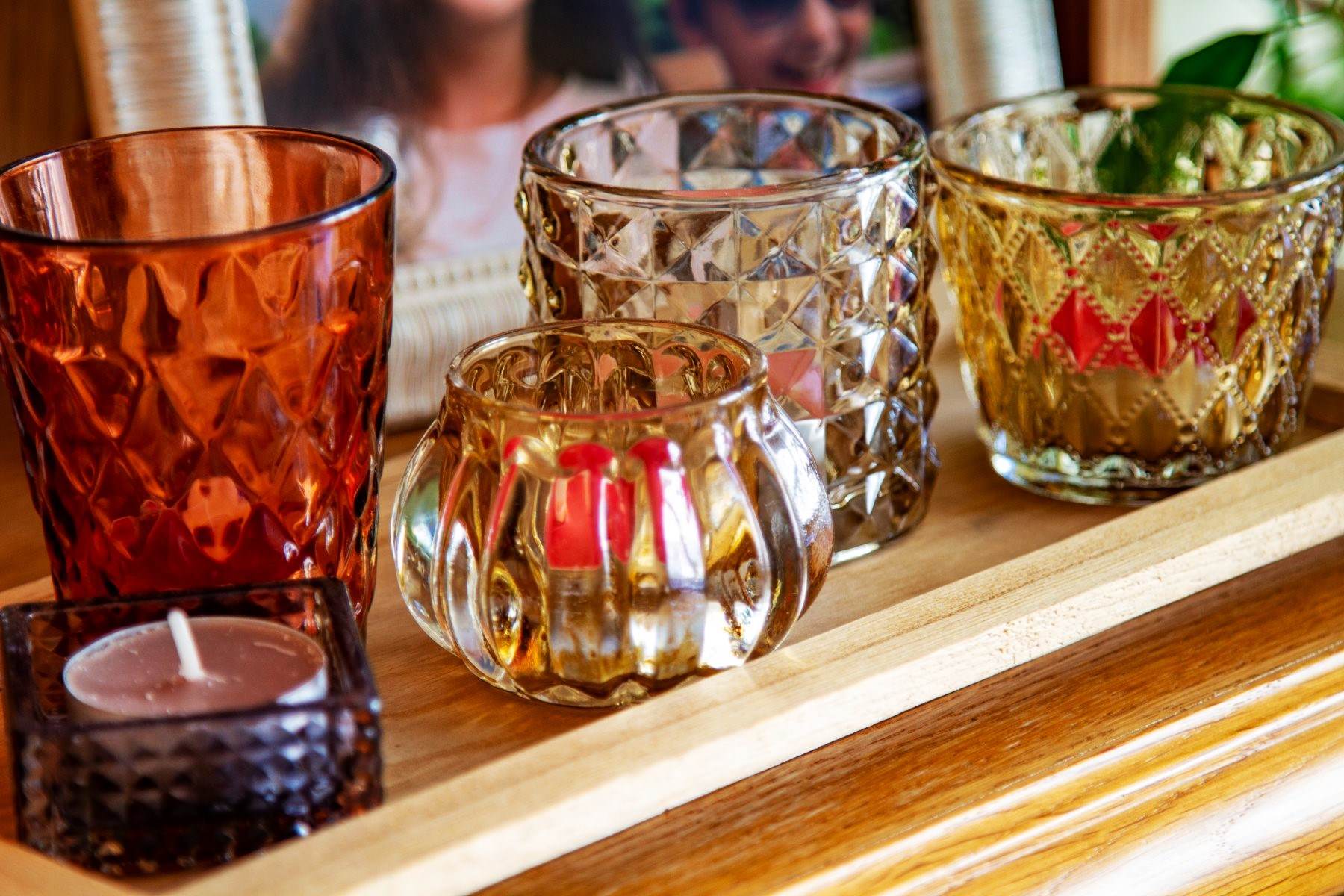

Interior Design Trends
What Antique Glass Is Valuable
Modified: April 21, 2024
Discover valuable antique glass for your interior design trends. Learn what makes antique glass collectible and how to identify valuable pieces. Explore the latest interior design trends with antique glass.
(Many of the links in this article redirect to a specific reviewed product. Your purchase of these products through affiliate links helps to generate commission for Storables.com, at no extra cost. Learn more)
Introduction
Antique glass holds a timeless allure, captivating collectors and enthusiasts with its exquisite craftsmanship and historical significance. The world of antique glass is a treasure trove of elegance and artistry, offering a glimpse into the craftsmanship of bygone eras. From delicate crystal stemware to ornate stained glass windows, antique glass items have a unique charm that transcends time.
The value of antique glass extends beyond monetary worth, encompassing cultural, historical, and aesthetic significance. Each piece tells a story, reflecting the craftsmanship, design trends, and technological advancements of its era. Whether it's a delicate Victorian perfume bottle or a brilliant Art Deco vase, antique glass items evoke a sense of nostalgia and appreciation for the artistry of the past.
Understanding the value of antique glass involves delving into a world of intricate details, from the type of glass and its provenance to the craftsmanship and historical context. This exploration allows collectors and enthusiasts to appreciate the artistry and significance of each piece, fostering a deeper connection with the rich tapestry of human creativity and ingenuity.
In this comprehensive guide, we will delve into the factors that determine the value of antique glass, explore the types of antique glass that are highly sought after by collectors, and provide insights into identifying and caring for valuable antique glass. Whether you are a seasoned collector or a novice enthusiast, this guide aims to illuminate the captivating world of antique glass, offering valuable knowledge and appreciation for these timeless treasures.
Key Takeaways:
- Antique glass value is determined by rarity, historical significance, craftsmanship, provenance, condition, and design. Understanding these factors enhances appreciation for these timeless treasures.
- Valuable antique glass types include Art Nouveau, Tiffany, cut glass, Venetian, and mid-century modern. Each category embodies historical significance, craftsmanship, and artistic innovation.
Read more: What Is Antique Green Glass Called
Factors that Determine the Value of Antique Glass
The value of antique glass is influenced by a myriad of factors, each contributing to the allure and desirability of these timeless treasures. Understanding these determinants is crucial for collectors, enthusiasts, and anyone intrigued by the world of antique glass.
-
Rarity and Scarcity: One of the primary factors influencing the value of antique glass is its rarity. Pieces that are scarce or limited in production tend to command higher prices due to their elusive nature. This rarity can be attributed to various reasons, such as limited production runs, the closure of glassmaking facilities, or the survival of only a few intact pieces over time.
-
Historical Significance: Antique glass items that hold historical significance often carry greater value. Pieces associated with significant historical events, renowned glassmakers, or iconic design movements become coveted for their intrinsic connection to the past. For example, glassware from renowned art movements like Art Nouveau or Art Deco holds a special allure due to its historical context and artistic significance.
-
Craftsmanship and Quality: The level of craftsmanship and the quality of materials used significantly impact the value of antique glass. Exquisite hand-blown pieces, intricate cut glass patterns, and meticulous detailing elevate the desirability of antique glass items. Moreover, the use of high-quality materials, such as lead crystal or rare glass formulas, adds to the allure and value of these timeless creations.
-
Provenance and Documentation: The provenance of an antique glass piece, including its documented history and previous ownership, can greatly influence its value. Items with well-documented provenance, especially those linked to prominent historical figures or significant collections, often command higher prices due to the added layer of authenticity and historical context.
-
Condition and Authenticity: The condition of antique glass is paramount in determining its value. Pristine, unblemished pieces with minimal signs of wear and damage are highly sought after by collectors. Additionally, authenticity plays a crucial role, as genuine antique glass items, free from alterations or reproductions, hold greater value due to their historical integrity.
-
Aesthetic Appeal and Design: The aesthetic appeal and design of antique glass items contribute significantly to their value. Unique, innovative designs, intricate patterns, and artistic embellishments enhance the desirability of these pieces. Items that exemplify the design trends of their respective eras, showcasing exceptional artistry and visual appeal, often command higher prices in the antique glass market.
By comprehending these pivotal factors, collectors and enthusiasts can navigate the captivating world of antique glass with a deeper appreciation for the diverse elements that shape the value and allure of these timeless treasures.
Types of Antique Glass that are Highly Valuable
Antique glass encompasses a diverse array of styles and forms, with certain types commanding exceptional value due to their historical significance, craftsmanship, and aesthetic appeal. Understanding the distinct categories of antique glass that are highly sought after by collectors provides valuable insights into the multifaceted world of glass collecting.
-
Art Nouveau Glass: Characterized by sinuous lines, organic motifs, and a celebration of nature, Art Nouveau glass exemplifies the artistic innovation of the late 19th and early 20th centuries. Renowned glassmakers such as Émile Gallé and René Lalique produced exquisite Art Nouveau pieces, featuring delicate floral patterns, iridescent surfaces, and innovative glassblowing techniques. These rare and intricately designed pieces hold significant value due to their artistic merit and historical importance within the Art Nouveau movement.
-
Tiffany Glass: The name Tiffany is synonymous with unparalleled craftsmanship and artistic brilliance in the realm of antique glass. Louis Comfort Tiffany, a visionary artist and designer, created breathtaking stained glass windows, lamps, and decorative objects that epitomized the Art Nouveau and Art Deco styles. Tiffany glass, renowned for its vibrant colors, opalescent textures, and intricate designs, remains highly coveted by collectors, commanding substantial value in the antique glass market.
-
Cut Glass: The art of cut glass reached its zenith during the late 19th and early 20th centuries, with American and European glassmakers producing exquisite cut glass pieces adorned with intricate geometric patterns and sparkling brilliance. Highly sought after for their timeless elegance and meticulous craftsmanship, cut glass items, including decanters, bowls, and vases, hold enduring value due to their enduring appeal and historical significance.
-
Renaissance Venetian Glass: Venetian glassmaking traditions date back centuries, with the Renaissance period witnessing the emergence of opulent, intricately crafted glassware from the famed glassmaking workshops of Murano. Venetian glass, characterized by vibrant colors, elaborate filigree work, and delicate forms, represents a pinnacle of artistic and technical achievement. These rare and exquisite pieces, often adorned with gold leaf and intricate enameling, are prized for their historical significance and exceptional artistry, commanding significant value in the antique glass market.
-
Mid-Century Modern Glass: The mid-20th century witnessed a surge of innovative glass designs, reflecting the ethos of modernism and the pursuit of sleek, minimalist aesthetics. Iconic glassware from this era, including designs by renowned artists such as Eero Saarinen and Alvar Aalto, embodies the spirit of modernist design with its clean lines, organic forms, and experimental use of materials. Mid-century modern glass items, ranging from vases to decorative sculptures, hold enduring value due to their association with a transformative period in design history and their timeless appeal to collectors of modernist art and design.
By recognizing the exceptional value and significance of these distinct categories of antique glass, collectors and enthusiasts gain a deeper appreciation for the rich tapestry of artistic innovation and historical legacy encapsulated within these timeless treasures.
How to Identify Valuable Antique Glass
Identifying valuable antique glass requires a keen eye for detail, an understanding of historical context, and a grasp of the distinctive characteristics that elevate certain pieces to coveted treasures. Whether you are exploring antique shops, attending auctions, or examining family heirlooms, the following guidelines can aid in discerning the value and significance of antique glass items.
1. Examination of Craftsmanship and Quality
Valuable antique glass often exhibits exceptional craftsmanship and superior quality. Look for intricate hand-blown pieces, precise cut glass patterns, and meticulous detailing. High-quality materials, such as lead crystal or rare glass formulas, contribute to the allure and value of antique glass items.
Read more: How To Tell If Glass Is Antique
2. Understanding Historical Context and Design Movements
Familiarize yourself with the design aesthetics and techniques associated with different historical periods and artistic movements. Art Nouveau glass, for example, is characterized by organic motifs and sinuous lines, while Art Deco glass features geometric patterns and bold, streamlined designs. Understanding these stylistic nuances aids in identifying valuable antique glass within its historical and artistic framework.
3. Researching Renowned Glassmakers and Provenance
Knowledge of renowned glassmakers and their distinctive styles is invaluable in identifying valuable antique glass. Researching the works of celebrated artisans such as Louis Comfort Tiffany, Émile Gallé, or René Lalique provides insight into the hallmarks of their craftsmanship. Additionally, understanding the provenance and documented history of a piece can shed light on its authenticity and historical significance.
4. Assessing Condition and Authenticity
Careful examination of the condition of antique glass is essential in determining its value. Look for unblemished pieces with minimal signs of wear and damage. Authenticity is paramount, as genuine antique glass items, free from alterations or reproductions, hold greater value due to their historical integrity.
5. Seeking Expert Appraisals and Resources
When in doubt, seeking the expertise of appraisers and reputable resources can provide valuable insights into the authenticity and value of antique glass items. Professional appraisers, museum collections, and authoritative publications offer valuable guidance in identifying and evaluating valuable antique glass.
By honing your observational skills, delving into historical research, and seeking expert guidance, you can adeptly identify valuable antique glass, gaining a deeper appreciation for the intricate artistry and historical significance encapsulated within these timeless treasures.
Read more: Who Buys Antique Furniture
Where to Find Valuable Antique Glass
Valuable antique glass can be discovered in a myriad of settings, each offering unique opportunities to unearth timeless treasures and expand one's collection. Whether you are a seasoned collector or an enthusiastic novice, exploring the following avenues can lead to the acquisition of valuable antique glass items that encapsulate the artistry and historical significance of bygone eras.
Antique Shops and Galleries
Antique shops and galleries serve as veritable havens for antique glass enthusiasts, offering a curated selection of exquisite pieces from various historical periods and design movements. These establishments often house a diverse array of glassware, ranging from delicate perfume bottles to ornate vases, providing collectors with the opportunity to explore and acquire valuable antique glass items while benefiting from the expertise of knowledgeable proprietors.
Estate Sales and Auctions
Estate sales and auctions present compelling opportunities to discover valuable antique glass items, often featuring unique pieces from private collections and estates. These events offer a dynamic environment for collectors to engage with a wide range of glassware, from elegant stemware to opulent decorative objects, with the potential to acquire rare and sought-after pieces that embody the craftsmanship and allure of antique glass.
Online Marketplaces and Platforms
The digital landscape has transformed the accessibility of antique glass, with online marketplaces and platforms serving as virtual treasure troves for collectors and enthusiasts. From specialized antique websites to renowned auction houses, the online sphere provides a vast array of antique glass items, enabling individuals to explore, acquire, and connect with sellers and fellow collectors from around the globe, expanding the possibilities of discovering valuable antique glass.
Read more: How To Store Uranium Glass
Antique Shows and Fairs
Antique shows and fairs offer immersive experiences for antique glass enthusiasts, featuring an eclectic mix of vendors, dealers, and collectors showcasing an extensive range of glassware. These events provide a vibrant platform for collectors to peruse rare and valuable antique glass items, engage with experts in the field, and immerse themselves in the rich tapestry of glass collecting, fostering a deeper appreciation for the artistry and historical significance of antique glass.
Specialized Collecting Communities
Engaging with specialized collecting communities and forums dedicated to antique glass provides a valuable avenue for connecting with fellow enthusiasts, sharing insights, and discovering valuable pieces. These communities offer a wealth of knowledge, resources, and networking opportunities, enabling collectors to access exclusive leads and valuable information on acquiring and appreciating antique glass.
By exploring these diverse avenues, collectors and enthusiasts can embark on a captivating journey to find valuable antique glass, enriching their collections with exquisite pieces that embody the artistry, craftsmanship, and historical legacy of antique glass.
Tips for Caring for Valuable Antique Glass
Caring for valuable antique glass is essential to preserve its beauty, integrity, and historical significance for future generations. Whether you have inherited a cherished family heirloom or acquired a prized piece for your collection, implementing proper care and maintenance practices is crucial in safeguarding the timeless allure of antique glass items.
-
Gentle Handling: When handling antique glass, always exercise gentle care to prevent accidental damage. Lift items with both hands, supporting the base and the body, and avoid exerting undue pressure on delicate areas. Additionally, use soft, non-abrasive gloves to minimize the transfer of oils and dirt from your hands to the glass surface.
-
Avoid Exposure to Direct Sunlight: Protect antique glass from prolonged exposure to direct sunlight, as ultraviolet rays can cause fading and deterioration. Display glass items in areas shielded from direct sunlight or utilize UV-filtering window treatments to safeguard against potential damage.
-
Regular Dusting and Cleaning: Dust antique glass regularly using a soft, lint-free cloth or a gentle brush to remove accumulated debris and maintain its lustrous appearance. When cleaning, opt for mild, non-abrasive glass cleaners and avoid harsh chemicals that can compromise the integrity of the glass.
-
Storage Considerations: Proper storage is paramount in preserving the condition of antique glass. Utilize acid-free tissue paper or soft cloth to cushion and protect glass items during storage. Additionally, store glassware in stable, temperature-controlled environments to mitigate the risk of temperature fluctuations and humidity exposure.
-
Avoid Extreme Temperatures: Protect antique glass from extreme temperatures, as sudden changes in temperature can lead to thermal shock and potential damage. When washing glass items, use lukewarm water and allow them to acclimate to room temperature before exposing them to significant temperature variations.
-
Preventative Measures: Implement preventative measures to minimize the risk of accidents and damage. Utilize display cabinets with secure shelving and consider installing glass barriers or protective enclosures in high-traffic areas to safeguard valuable glass items from inadvertent impact.
-
Professional Restoration and Maintenance: In the event of damage or deterioration, seek the expertise of professional conservators and restorers specializing in antique glass. Professional restoration can address issues such as cracks, chips, and surface wear, preserving the integrity and value of antique glass items.
By adhering to these essential care tips, collectors and enthusiasts can ensure the longevity and pristine condition of valuable antique glass, nurturing a legacy of beauty and historical significance that transcends generations.
Frequently Asked Questions about What Antique Glass Is Valuable
Was this page helpful?
At Storables.com, we guarantee accurate and reliable information. Our content, validated by Expert Board Contributors, is crafted following stringent Editorial Policies. We're committed to providing you with well-researched, expert-backed insights for all your informational needs.
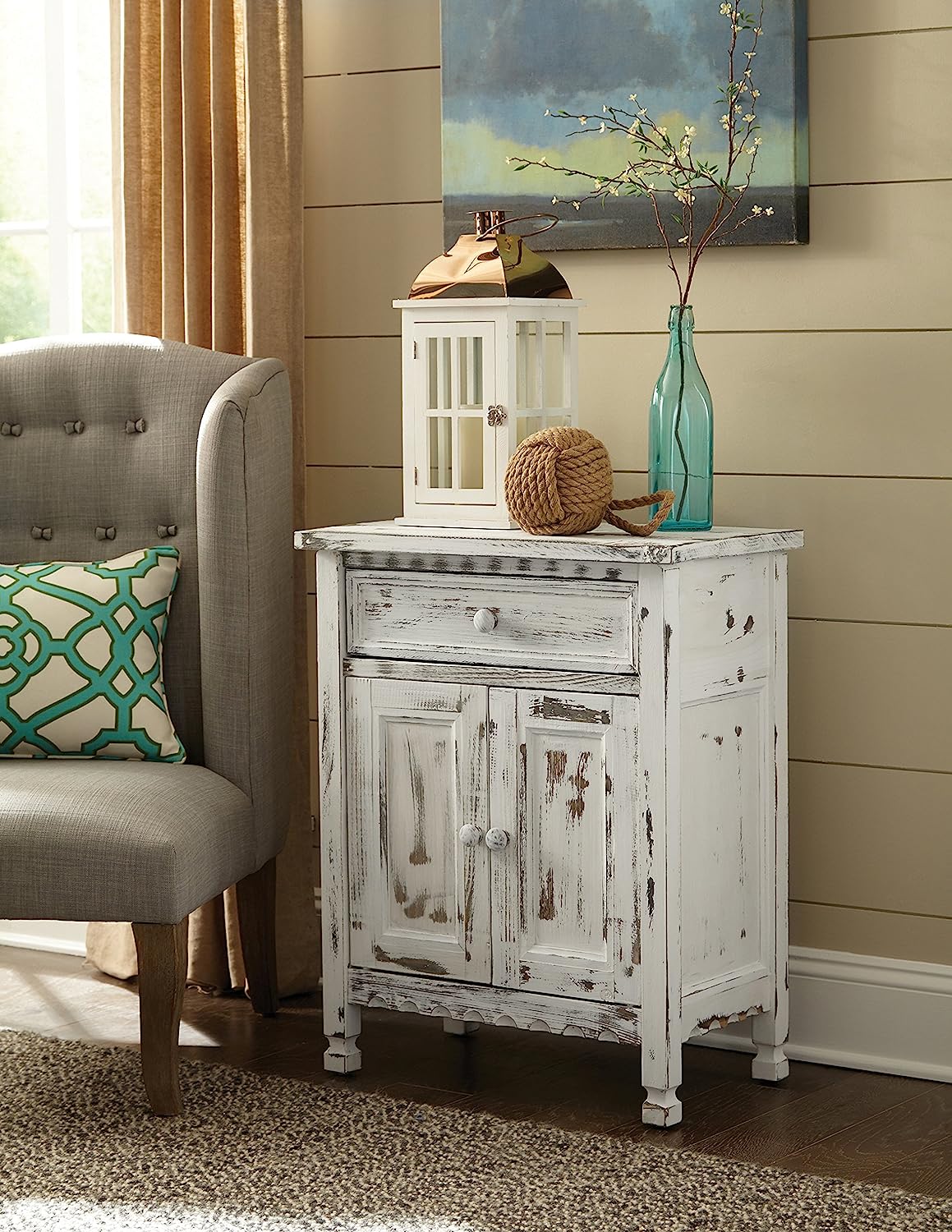

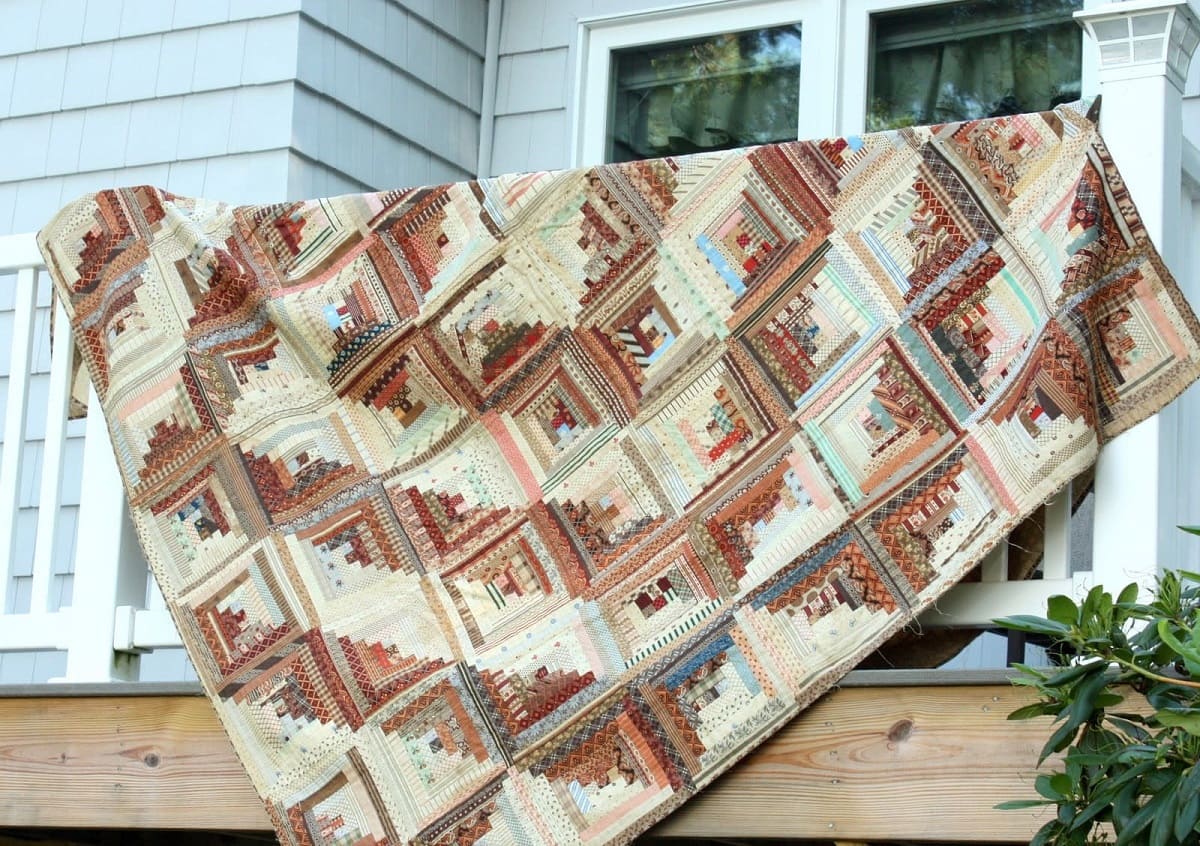
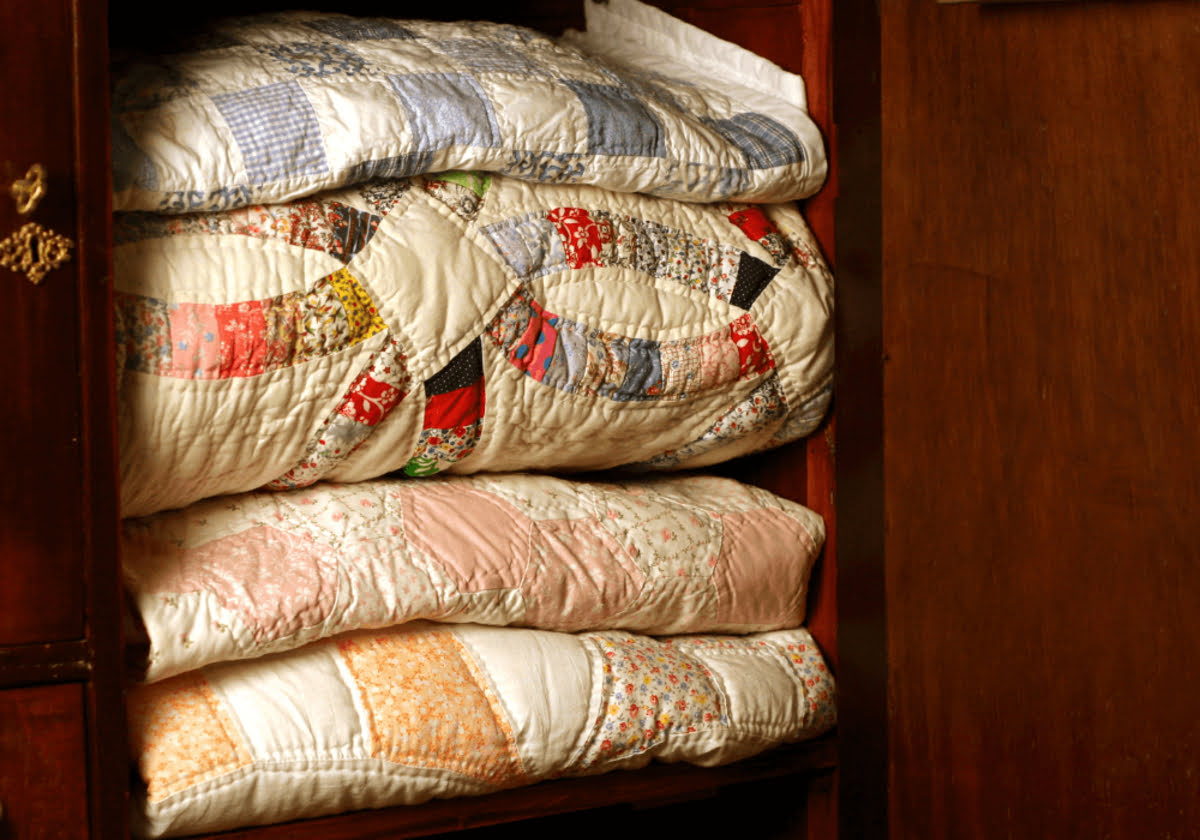
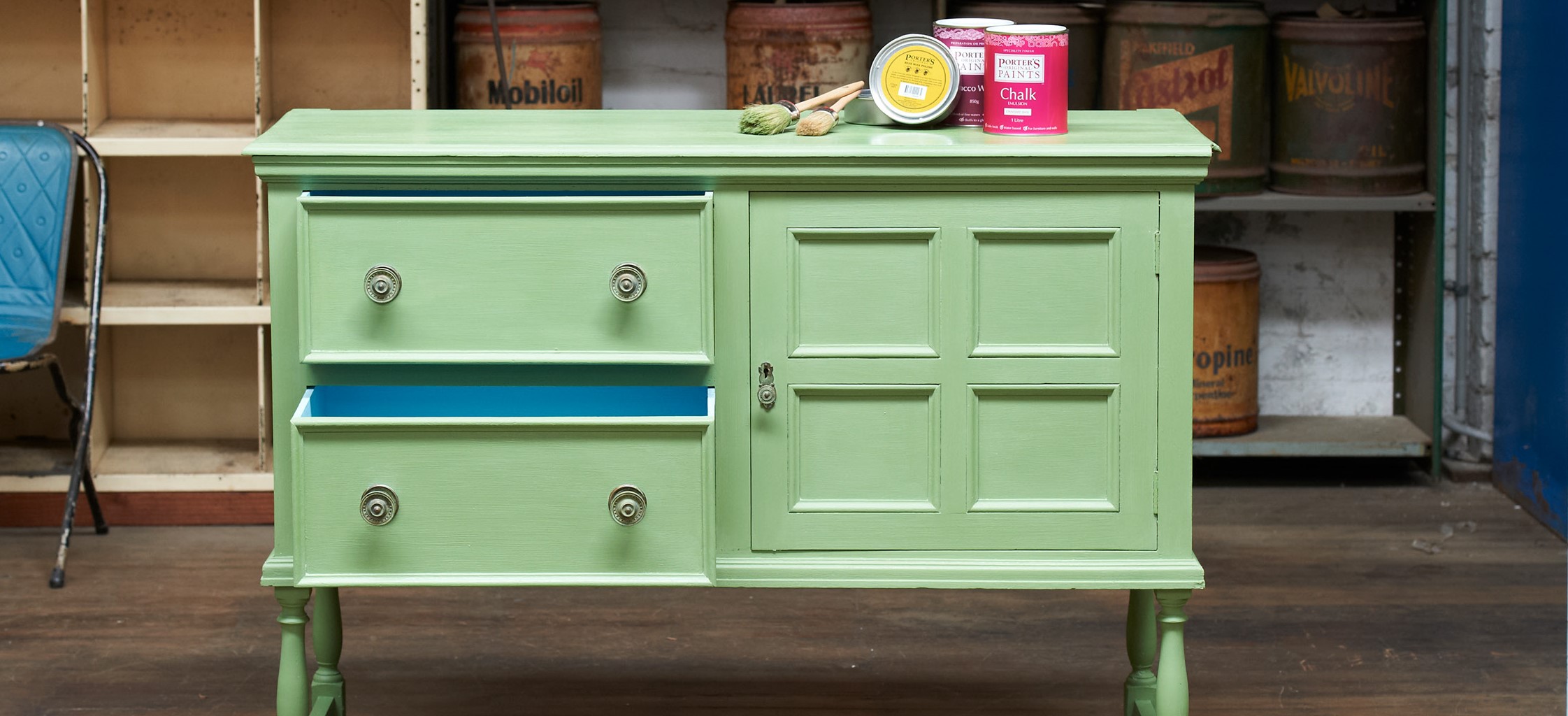
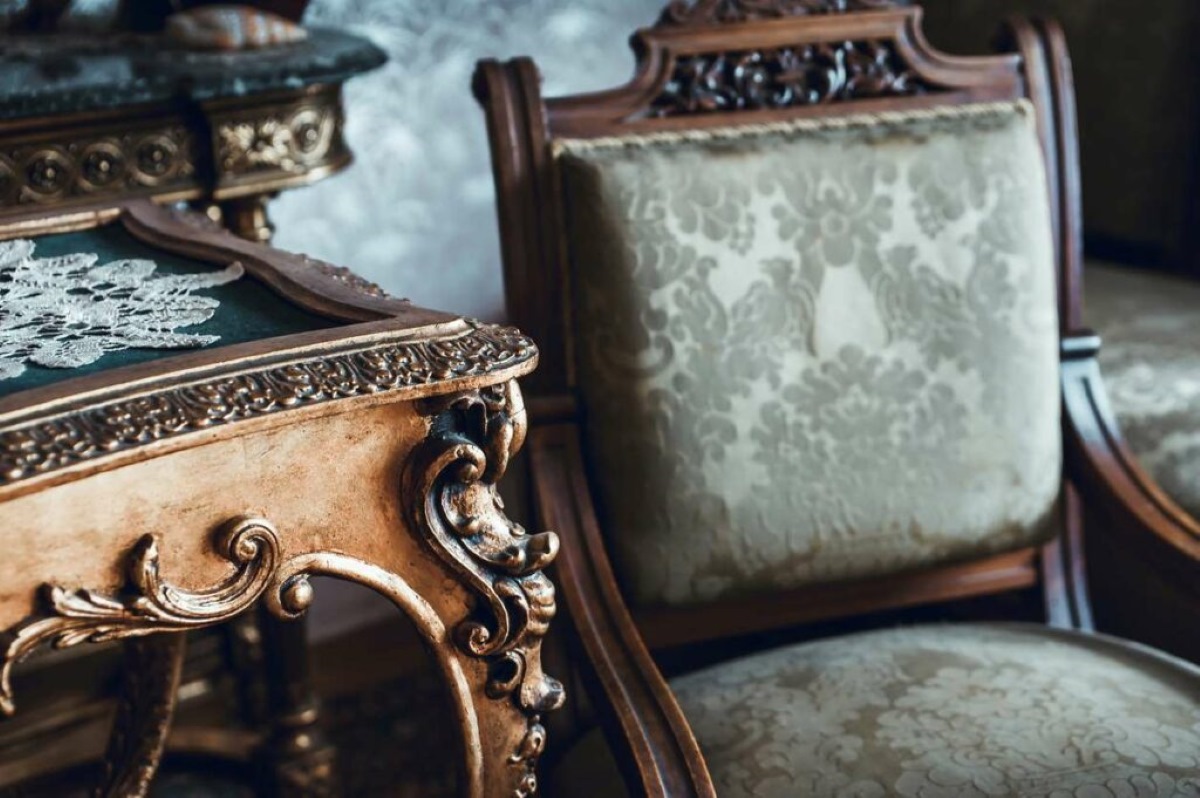
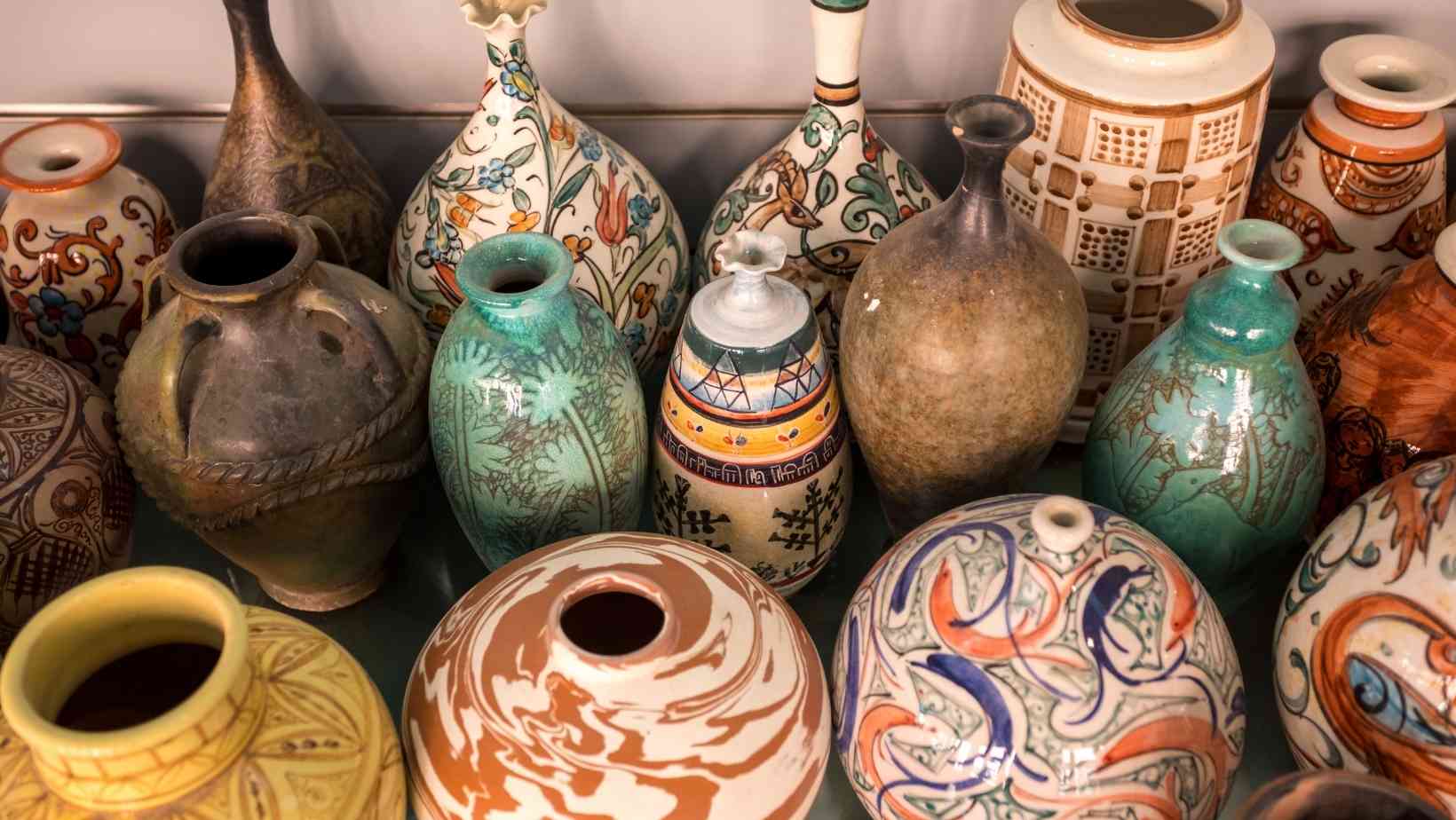
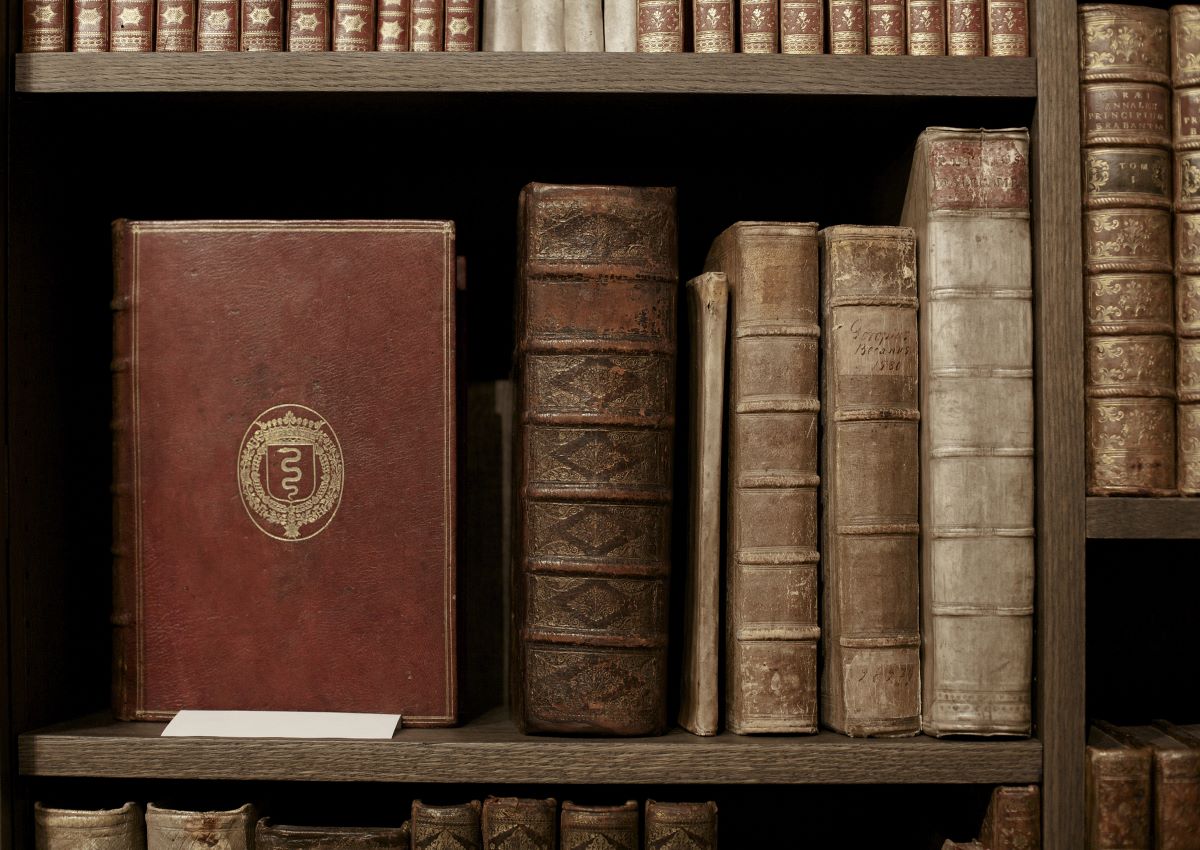
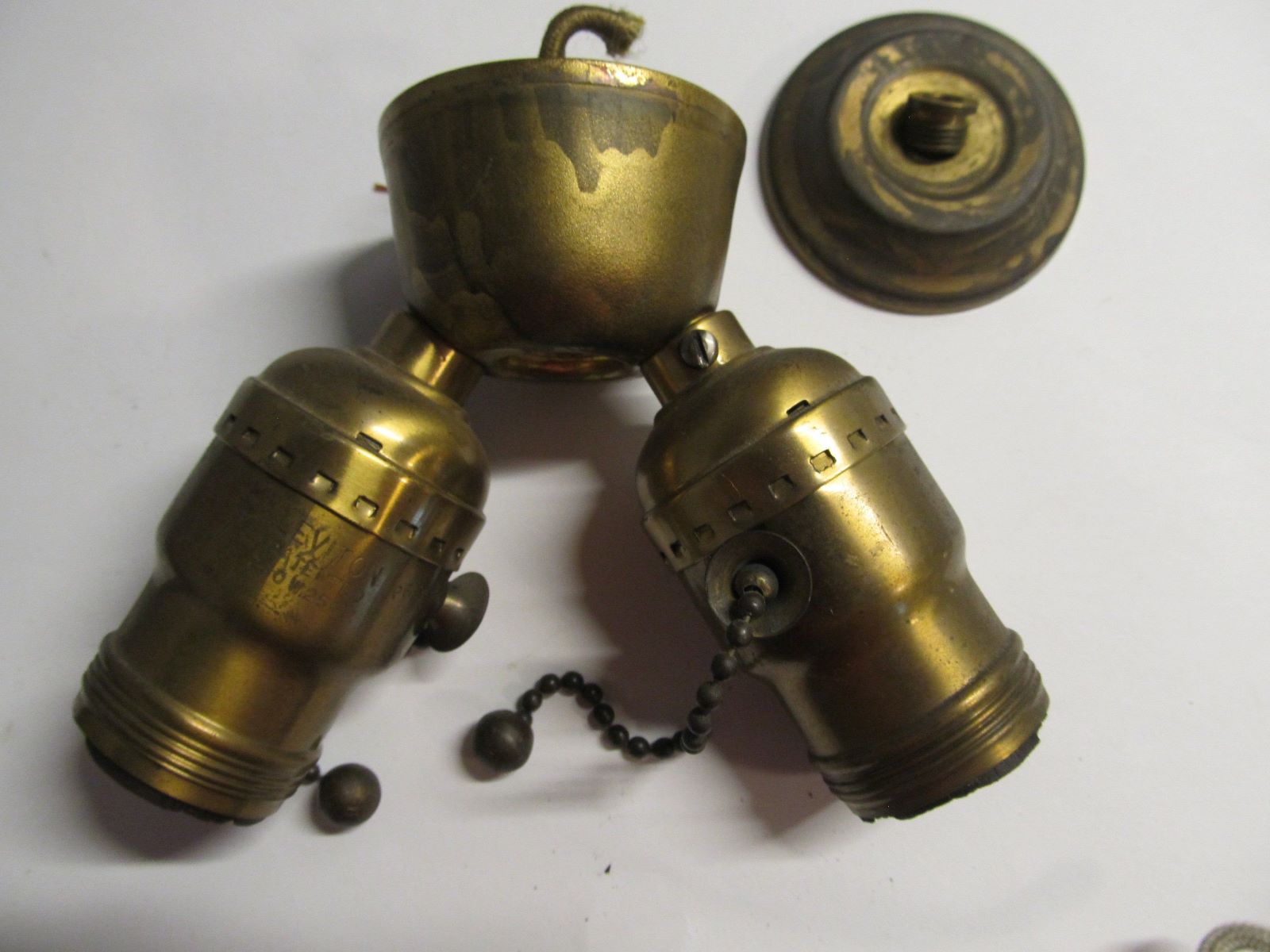
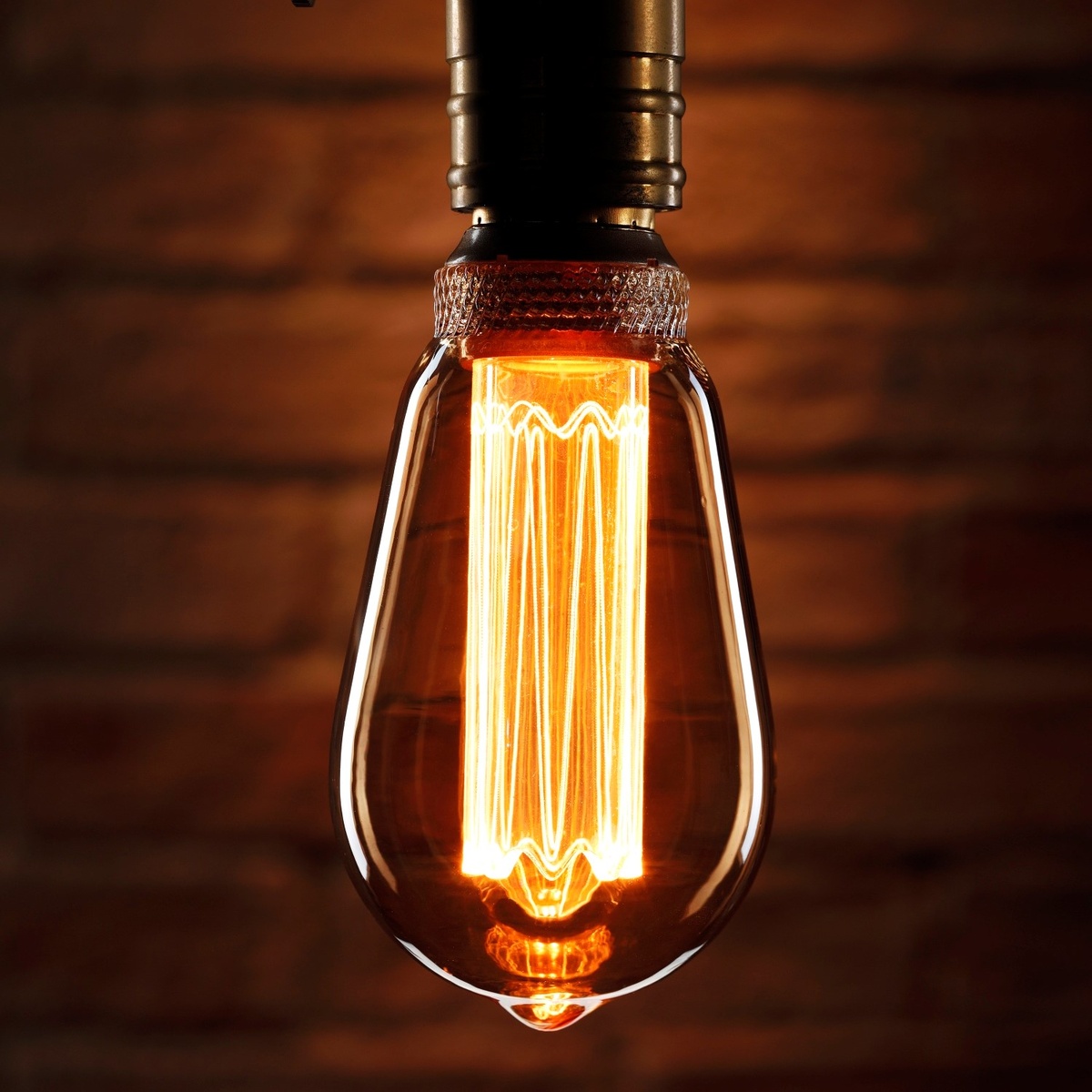
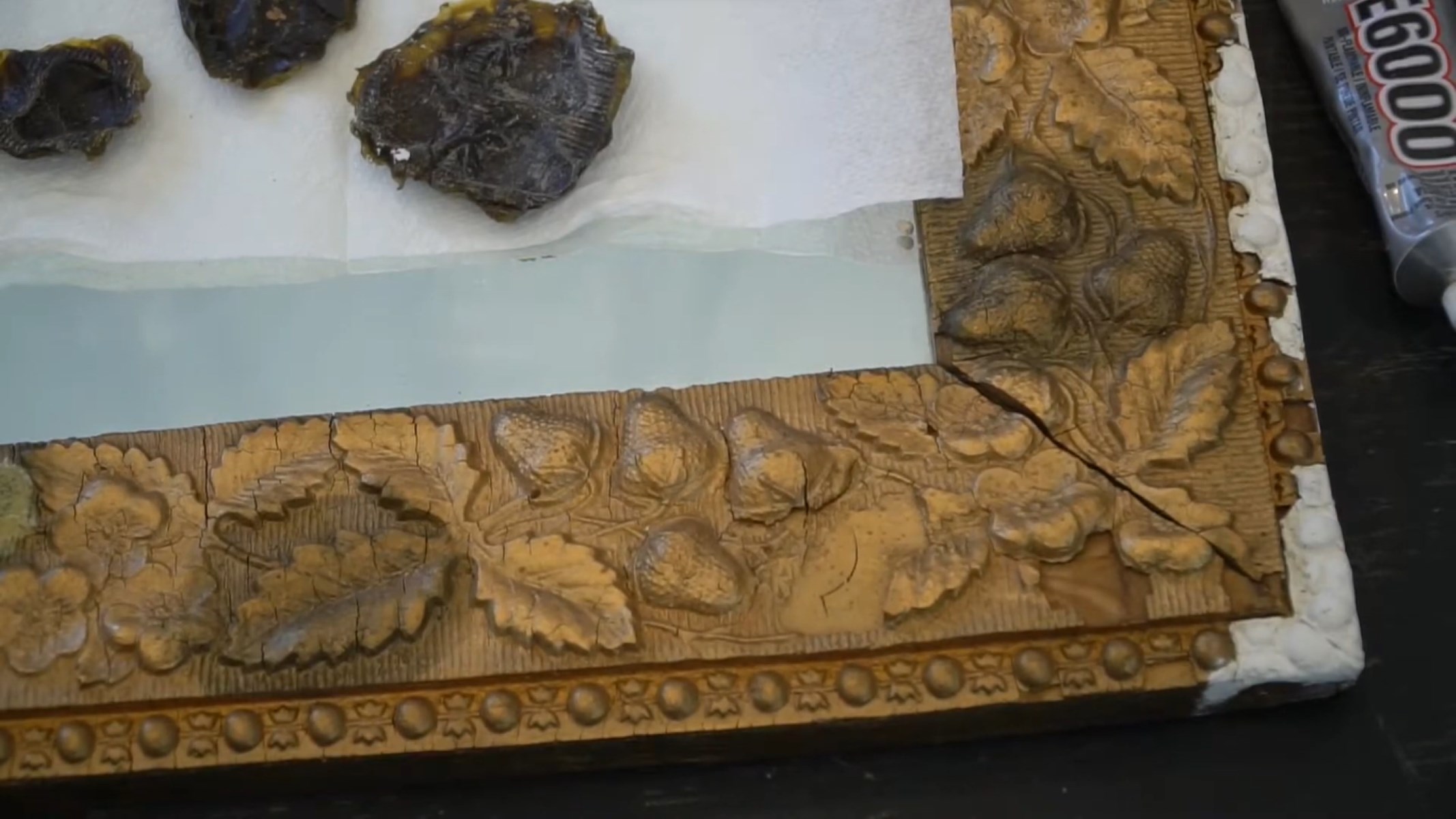
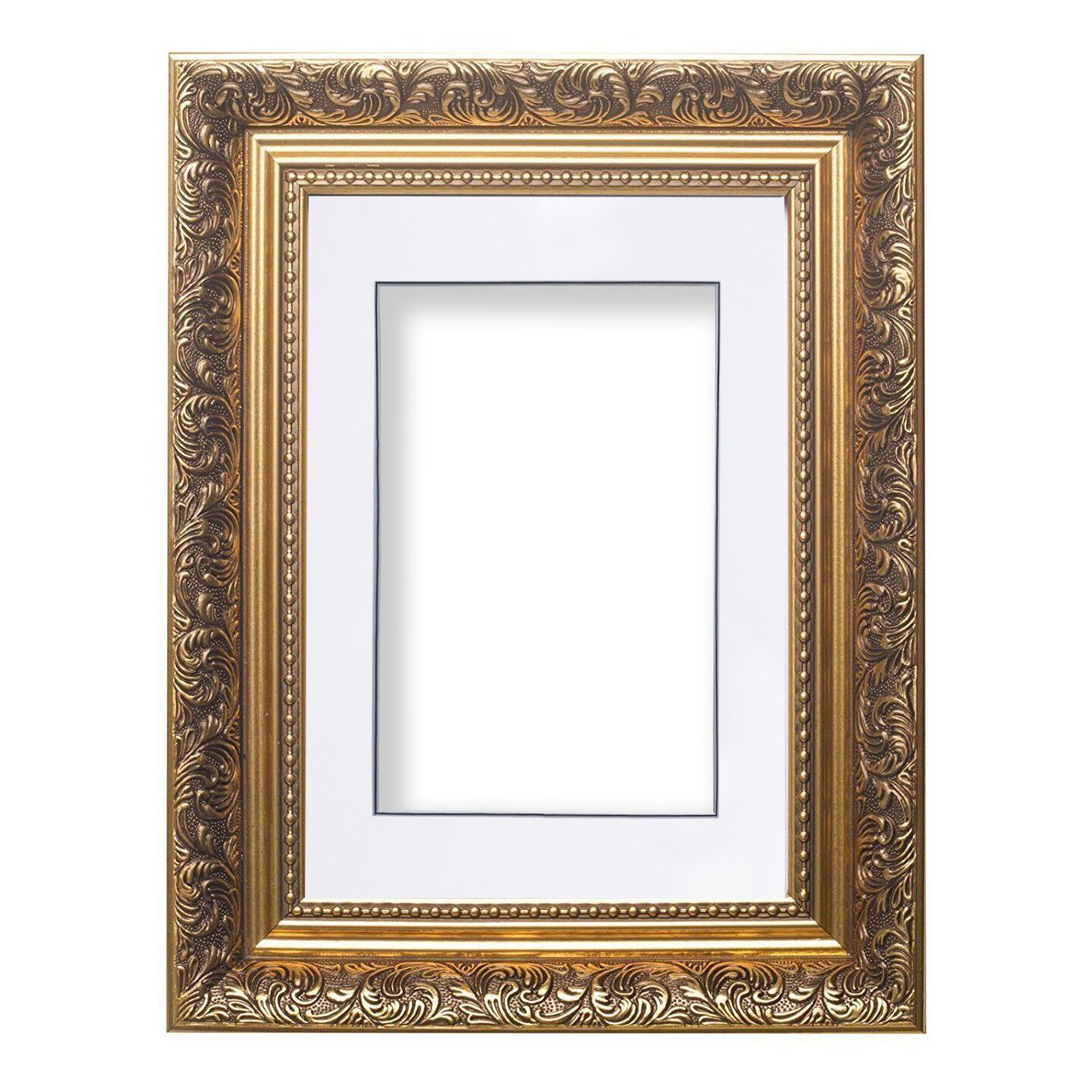

0 thoughts on “What Antique Glass Is Valuable”